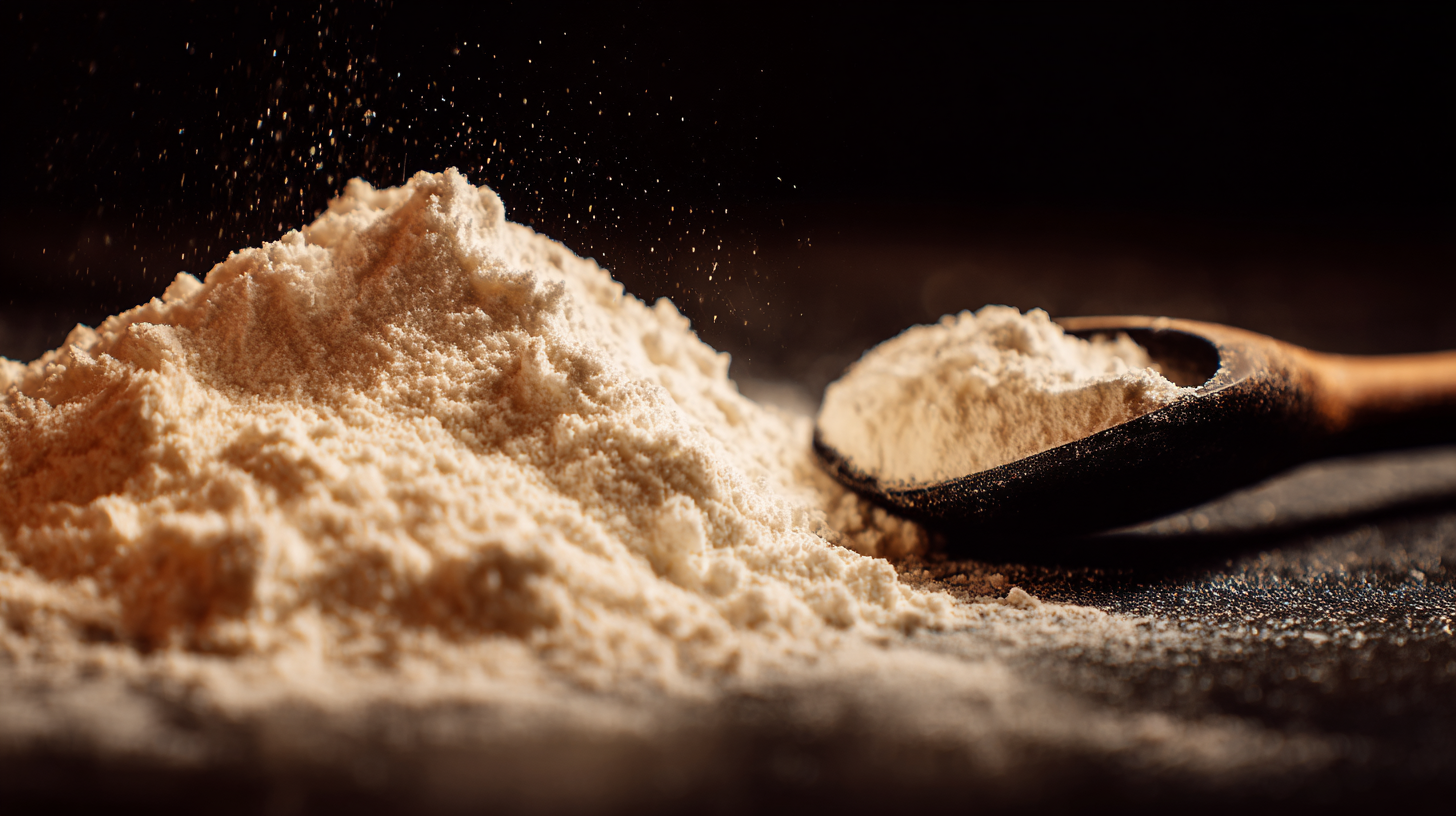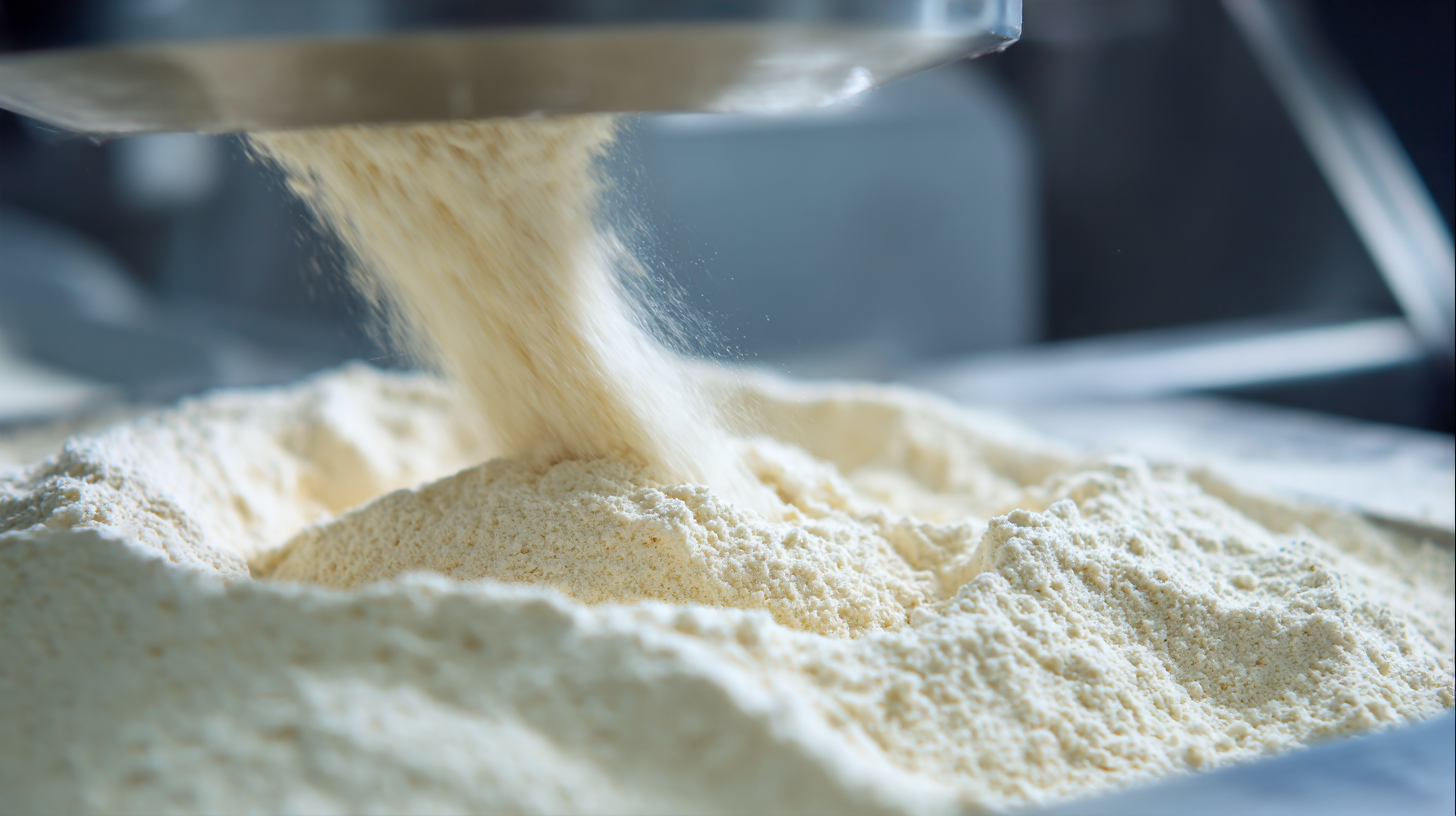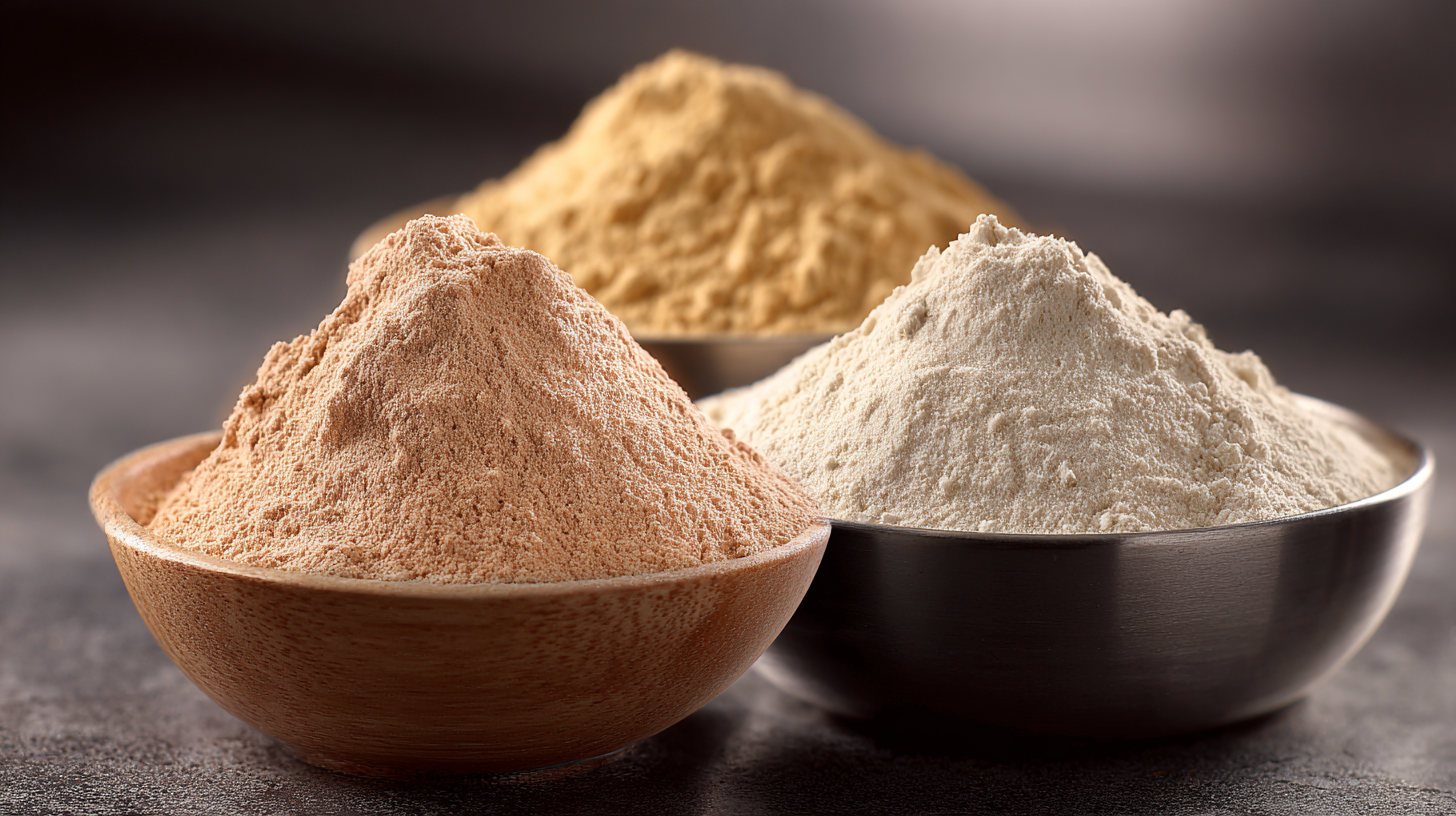
Understanding Industry Production Standards for Best Raw Powder in Your Manufacturing Process
In the competitive landscape of manufacturing, understanding industry production standards for the best raw powder is crucial for quality assurance and operational efficiency. According to a report by MarketsandMarkets, the global raw materials market is projected to reach over $1 trillion by 2025, with a significant segment attributed to the performance characteristics of raw powders in various applications, including pharmaceuticals, food production, and advanced material processing. As manufacturers increasingly seek to optimize their processes, adhering to established production standards becomes essential to ensure product consistency and reliability. The emphasis on alternative types of raw powders, such as those derived from organic sources or innovative synthetic methods, further illustrates a growing trend towards sustainability and enhanced performance. By navigating these standards effectively, manufacturers can not only improve their output but also align with industry regulations and consumer demands.

Importance of Adhering to Industry Production Standards in Raw Powder Manufacturing
Adhering to industry production standards in raw powder manufacturing is crucial for several reasons. Firstly, these standards ensure that the materials produced meet safety and quality regulations. Compliance with recognized guidelines not only reduces the risk of contamination and defects but also enhances the overall reliability of the final product. In an era where consumers are increasingly aware of product quality, maintaining high manufacturing standards establishes trust and credibility in the marketplace.
Moreover, following industry production standards facilitates consistency in production processes. This consistency is vital for manufacturers who seek to achieve uniformity in their products, which directly impacts customer satisfaction. When every batch of raw powder meets established industry benchmarks, manufacturers can confidently meet customer expectations and maintain a competitive edge. Thus, investing in adherence to production standards not only safeguards public health but also strengthens brand loyalty and operational efficiency.

Key Characteristics of High-Quality Raw Powders in Global Markets
The global market for tomato powder has seen significant growth in recent years, driven by the increasing demand for convenient and flavorful ingredients in food products. Various types of tomato powder, such as spray-dried and freeze-dried varieties, dominate the market, each offering unique characteristics that cater to different applications. Spray-dried tomato powder retains the vibrant color and flavor of fresh tomatoes, making it ideal for snacks and seasoning. Conversely, freeze-dried tomato powder is often preferred for its longer shelf life and rehydration properties, making it suitable for soups and beverages.
Analyzing the market by application reveals diverse use cases. Tomato powder is prominently featured in snack foods, where its rich taste enhances flavor profiles. It is also utilized in the healthcare food sector, thanks to its nutritional benefits and natural flavoring capabilities. Geographically, regions with a strong culinary tradition utilizing tomatoes are seeing increased market shares, while emerging markets are beginning to recognize the benefits of incorporating tomato powder into their food products. As industries continue to adapt, understanding the characteristics of high-quality raw powders becomes essential for manufacturers aiming to meet consumer demands effectively.
Understanding Industry Production Standards for Best Raw Powder in Your Manufacturing Process
| Characteristic | Description | Standard Range | Importance |
|---|---|---|---|
| Purity Level | The percentage of the main ingredient in the powder. | > 98% | Critical for efficacy and safety. |
| Particle Size | The average size of individual powder particles. | 1-50 µm | Affects solubility and bioavailability. |
| Moisture Content | The amount of moisture present in the powder. | < 5% | Prevents clumping and degradation. |
| Heavy Metal Content | Concentration of harmful metals in the powder. | < 10 ppm | Ensures safety for consumption or use. |
| Microbial Contamination | The presence of bacteria, yeast, or molds in the powder. | < 100 CFU/g | Vital for product safety and regulatory compliance. |
| Solubility | The ability of the powder to dissolve in a solvent. | > 90% in designated solvent | Influences formulation and application. |
Impact of Chinese Manufacturing Excellence on Global Export Standards
 Chinese manufacturing has long been a cornerstone of global production, setting high benchmarks for quality and efficiency. The country's ability to leverage advanced technology and streamlined processes has transformed the landscape of export standards, impacting industries worldwide. As manufacturers strive to meet evolving demands, understanding these standards becomes essential for maintaining competitiveness. Emphasizing precision in production ensures that businesses can deliver high-quality raw powders that match international specifications.
Chinese manufacturing has long been a cornerstone of global production, setting high benchmarks for quality and efficiency. The country's ability to leverage advanced technology and streamlined processes has transformed the landscape of export standards, impacting industries worldwide. As manufacturers strive to meet evolving demands, understanding these standards becomes essential for maintaining competitiveness. Emphasizing precision in production ensures that businesses can deliver high-quality raw powders that match international specifications.
Tips: Collaborate with suppliers who prioritize quality control measures to ensure compliance with global standards. Additionally, invest in training programs for your workforce to familiarize them with best practices in manufacturing processes. Utilizing data analytics can also enhance quality assurance by identifying areas for improvement and minimizing variances in production.
Moreover, it's important to stay updated on regulatory changes and market needs. Engaging with industry networks can provide insights into emerging trends and shifts in production standards. By adopting a proactive approach, manufacturers can align their processes to not only meet but exceed customer expectations, thereby solidifying their position in the global market.
Strategies for Implementing Quality Control in Production Processes
In today’s competitive manufacturing landscape, implementing robust quality control strategies is essential for producing the best raw powder. Ensuring that every step of your production process meets industry standards not only enhances product quality but also bolsters your company's reputation. Establishing a comprehensive quality control system involves several key strategies that can be tailored to suit your specific production environment.
Tip 1: Regularly audit your production processes. Conducting routine checks enables you to identify discrepancies and rectify them before they escalate. This proactive approach ensures consistent quality and minimizes waste.
Another effective strategy is to foster a culture of quality among your employees. Training staff to recognize quality standards and instilling a sense of ownership in production can significantly contribute to overall product excellence. When employees are aware of the critical role they play in maintaining quality, it leads to higher accountability and better outcomes.
Tip 2: Utilize statistical process control (SPC) to monitor and analyze production variability. By applying statistical methods, you can identify trends that may indicate potential issues, allowing for timely corrective actions. This data-driven approach enhances decision-making and reduces the chances of falling below industry standards.
Navigating Regulatory Compliance in International Raw Powder Trade
Navigating regulatory compliance in the international raw powder trade is a crucial consideration for manufacturers aiming to establish a robust supply chain. The growing complexity of global pharmaceutical compliance highlights the discrepancies in post-approval regulatory requirements across different regions. These variations can pose significant challenges for businesses looking to market their products internationally. Understanding these regulations not only helps in avoiding costly penalties but also ensures that products meet the safety and efficacy standards imposed by various health authorities.
Furthermore, sourcing raw materials such as nutritional powders, psyllium husk, and hyaluronic acid requires manufacturers to stay updated on the latest market trends and compliance guidelines. Recent reports emphasize the importance of sustainable practices in the production of these materials, showcasing the shift towards environmentally friendly options that also comply with regulatory demands. For businesses aiming to thrive in the competitive landscape of raw powder manufacturing, staying informed about regulatory changes and market opportunities is essential for fostering growth and ensuring long-term success.
